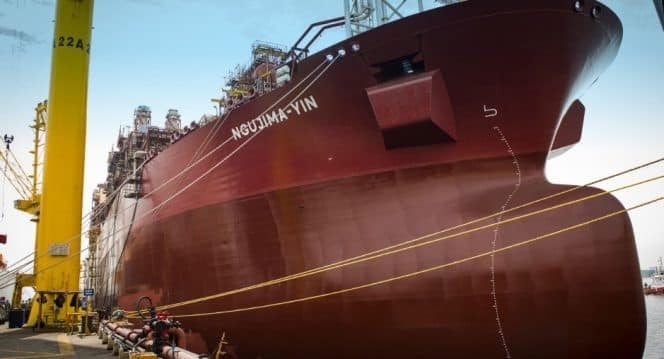Benefits
Expertise in pipeline operations and flow assurance allowed Atteris to minimise chemical use, reduce risks and mitigate environmental impacts throughout the pre-commissioning process. Using the mixing zone as a critical factor allowed for the elimination of spacer chemical Heavy Aromatic Naphtha (HAN), as the mixing zone was found to be much smaller than anticipated. Atteris provided an innovative solution to its client by reducing the industry standard “rule of thumb” of 3 x line volume flushes flushing requirement, to between 1.0- and 1.3-line volumes based on the mixing interface calculations performed. It was also found that the dewatering operation would not satisfy the FPSO’s hazardous zone rating while hydrocarbons were onboard, so the schedule was altered to prioritise the dewatering operation and by extension, personnel safety. These represent economic, schedule and environmental success for the client as reduced chemical volumes are required for flushing and there was no chemical discharge to the environment.
Background
The Greater Enfield Development (GED) is in the Exmouth Basin, 40 km due West North West of the tip of the Exmouth peninsula. GED aggregates the Laverda Canyon, Norton over Laverda and Cimatti oil pools and ties them to the existing Ngujima-Yin FPSO (NY).
Pre-commissioning is the process of proving pipelines and piping systems can effectively contain product without leaking. The pre-commissioning plan defines the activities required to take pipeline systems from mechanical completion to Ready For Start-Up (RFSU). GED pipelines, risers, and umbilicals encompassed by the plan include:
• Production (rigid and flexible)
• Custom Water Flood (CWF) (rigid and flexible)
• Multiphase Pump (MPP) umbilicals
• Main Controls umbilicals
• FPSO topsides & swivel piping
Careful consideration of all aspects of the pre-commissioning process was required to ensure minimal impact on cost, personnel and the environment.
Work Performed by Atteris
Atteris’ scope of work consisted of:
- A Quantitative analysis of pipeline flushing and dewatering – This study focused on pipeline production readiness requirements. This investigation included:
- The extent and effects of mixing between injected and preservation chemicals
- Material compatibility constraints
- Chemical volume requirements for flushing / dewatering
- The overall pre-commissioning schedule
- Equipment rental cost and logistics (specific to N2 dewatering)
During Atteris’ analysis it was found that a strong relationship exists between the rate of chemical injection and the extent of mixing. This relationship was exploited to ensure that material compatibility limits were not exceeded and to reduce the duration of pre‑commissioning operations, thus accelerating the start-up schedule.
- Development of Leak Test Criteria – The installation contractor is not required to perform a final leak test after installation tie-in, so Atteris took responsibility for the development of leak test criteria and procedures. This included:
- Determining appropriate leak test pressures
- Valve opening and closing requirements
- P&ID line-ups






